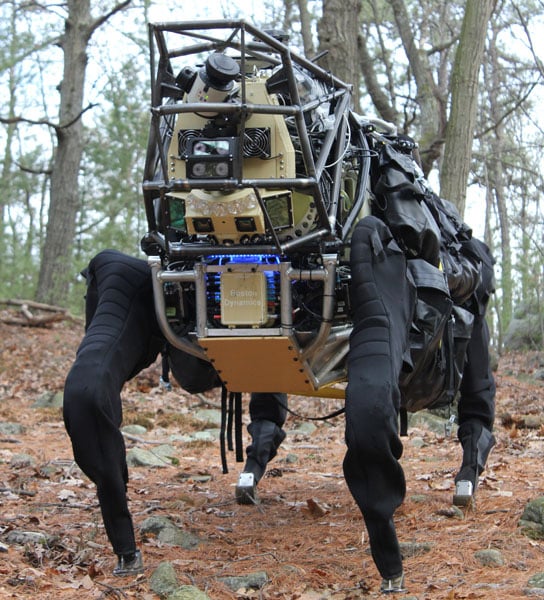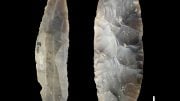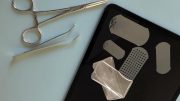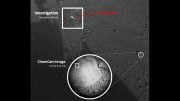
Prototype robotic “pack mule” stands up, lies down, and follows the leader carrying 400 lbs. of squad’s gear. Credit: DARPA
To help carry gear, DARPA is continuing research into developing a highly mobile, semi-autonomous legged robot to integrate with a squad of Marines or Soldiers. As seen in the video, a recent prototype underwent a series of outdoor tests and DARPA plans to continue refinements over the next 18 months.
Today’s dismounted warfighter can be saddled with more than 100 pounds of gear, resulting in physical strain, fatigue, and degraded performance. Reducing the load on dismounted warfighters has become a major point of emphasis for defense research and development, because the increasing weight of individual equipment has a negative impact on warfighter readiness. The Army has identified physical overburden as one of its top five science and technology challenges. To help alleviate physical weight on troops, DARPA is developing a highly mobile, semi-autonomous legged robot, the Legged Squad Support System (LS3), to integrate with a squad of Marines or Soldiers.
Recently the LS3 prototype underwent its first outdoor exercise, demonstrating the ability to follow a person using its “eyes”—sensors that allow the robot to distinguish between trees, rocks, terrain obstacles, and people. Over the course of the next 18 months, DARPA plans to complete development of and refine key capabilities to ensure LS3 is able to support dismounted squads of warfighters.
Features to be tested and validated include the ability to carry 400 lb (180 kg) on a 20-mile (32-kilometer) trek in 24 hours without being refueled, and refinement of LS3’s vision sensors to track a specific individual or object, observe obstacles in its path, and to autonomously make course corrections as needed. Also planned is the addition of “hearing” technology, enabling squad members to speak commands to LS3 such as “stop,” “sit” or “come here.” The robot also serves as a mobile auxiliary power source— troops may recharge batteries for radios and handheld devices while on patrol.
DARPA seeks to demonstrate that an LS3 can carry a considerable load from dismounted squad members, follow them through rugged terrain and interact with them in a natural way, similar to the way a trained animal and its handler interact.
“If successful, this could provide real value to a squad while addressing the military’s concern for unburdening troops,” said Army Lt. Col. Joe Hitt, DARPA program manager. “LS3 seeks to have the responsiveness of a trained animal and the carrying capacity of a mule.”
The 18-month platform-refinement test cycle, with Marine and Army involvement, kicks off this summer. The tests culminate in a planned capstone exercise where LS3 will embed with Marines conducting field exercises.
LS3 is based on mobility technology advanced by DARPA’s Big Dog technology demonstrator, as well other DARPA robotics programs which developed the perception technology for LS3’s “eyes” and planned “ears.”
The DARPA LS3 performer is Boston Dynamics of Waltham, Massachusetts.









Be the first to comment on "DARPA’s Legged Squad Support System (LS3) To Ease Physical Load on Troops"